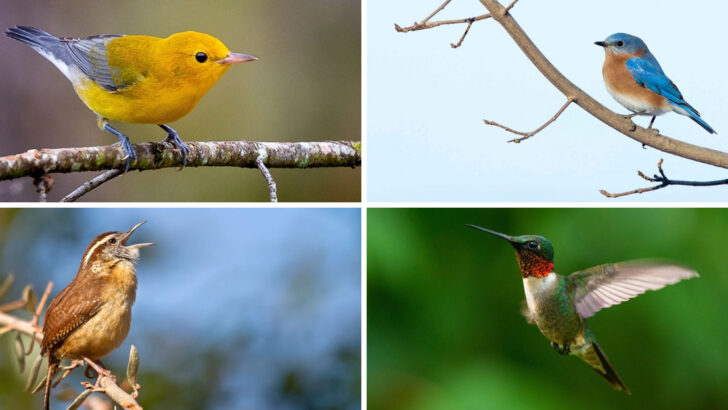Get ready to be blown away by the colorful, captivating world of birds in the Southeastern United States. This region is a hidden gem for birdwatchers, home to some of the most stunning avian creatures you’ll ever encounter.
From the vibrant hues of the Painted Bunting to the majestic flights of the Red-shouldered Hawk, these birds are nature’s masterpieces. You don’t have to be an expert to appreciate their beauty – just look up, and you might spot something that takes your breath away.
Whether you’re wandering through the swamps of Florida or the forests of the Carolinas, the Southeast is bursting with avian life. These birds aren’t just a sight to behold – they’re a reminder of the wild wonders that still roam our skies.
Let’s explore 22 of the most beautiful birds you can find in this enchanting part of the country. Ready to get started? Your next feathered friend is waiting!
Northern Cardinal
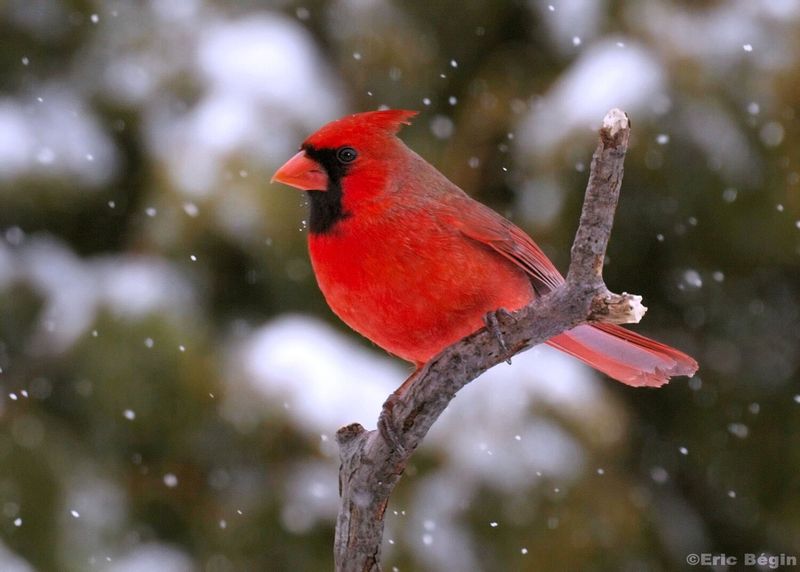
The Northern Cardinal is a classic beauty, with males boasting striking red plumage that makes them easy to spot. These iconic birds are often seen flitting through gardens and woodlands, their cheerful chirps adding melody to the air.
Female cardinals, while more subdued in color, are equally enchanting with their warm brown tones and hints of red. They thrive in a variety of habitats, making them a frequent visitor to backyard feeders.
Did you know? The Cardinal’s song is a delightful blend of whistles that can brighten even the dullest of days.
Carolina Wren

Bursting with energy and enthusiasm, the Carolina Wren captivates with its vibrant song. These little birds exude a big personality, often heard before they are seen.
Characterized by their rich, cinnamon-colored plumage and perky tails, Carolina Wrens are a joy to observe as they flit around, exploring every nook and cranny.
They prefer dense vegetation, making them masters of hide and seek. Their adaptability allows them to nest in a variety of places, even unconventional ones like old boots or flower pots!
American Goldfinch
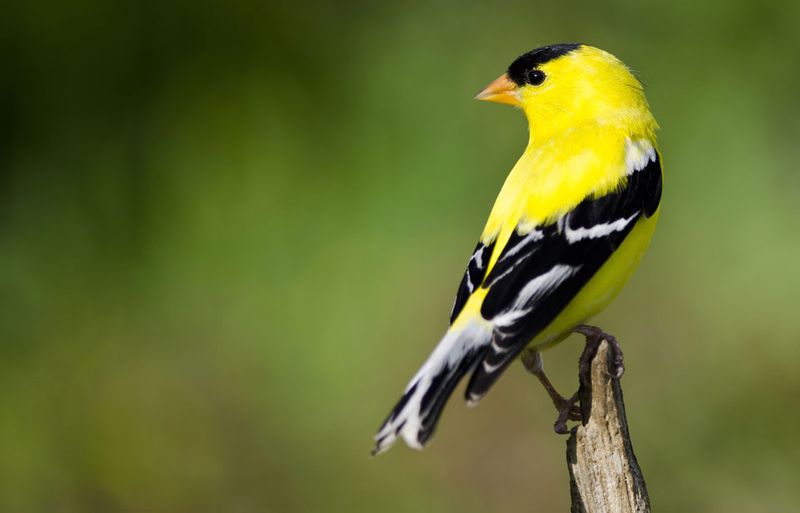
The American Goldfinch, a vibrant splash of yellow, brings sunshine to any setting. Males are particularly eye-catching with their bright plumage during the breeding season.
These finches are social creatures, often seen in flocks as they forage for seeds in fields and gardens. Their undulating flight pattern adds a whimsical touch to their graceful movements.
Their cheerful, twittering calls complement their lively demeanor perfectly, making them a favorite among bird enthusiasts. Fun fact: They molt twice a year, changing their look with the seasons.
Eastern Bluebird
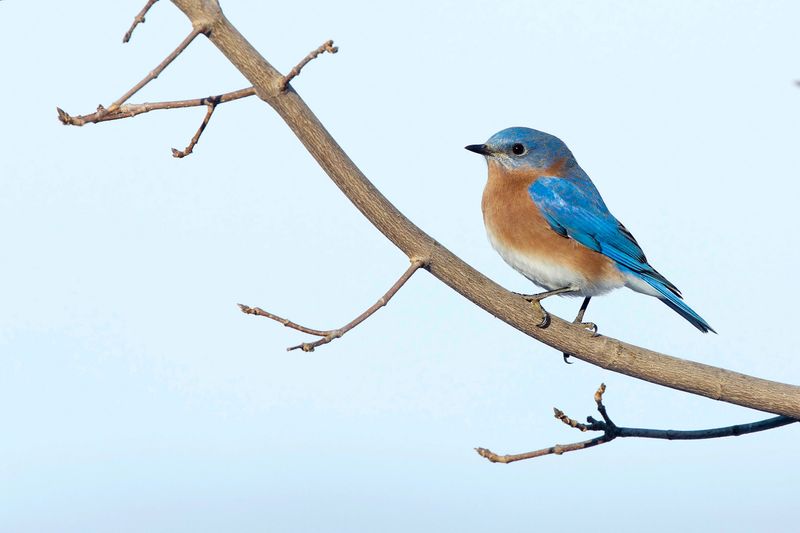
With a serene beauty and captivating charm, the Eastern Bluebird is a true delight. Males showcase brilliant blue plumage and a warm orange chest, a visual treat against the landscape.
These birds prefer open country with scattered trees and are often spotted on fences or wires, surveying their territory. Their gentle and musical song is a soothing addition to any morning.
Did you know? Eastern Bluebirds have adapted well to man-made nest boxes, helping their populations thrive in areas where natural cavities are scarce.
Red-tailed Hawk

The Red-tailed Hawk, a symbol of grace and power, commands the skies with its impressive flight. These raptors are known for their keen vision and powerful build.
Their distinctive reddish tail is a key identifier, especially when seen against the backdrop of the sky. They are commonly found in open fields and along roadsides, where they hunt for small mammals.
Their piercing call is a familiar sound, often used in films to represent all raptors. Marvel at their skillful hunting techniques as they soar with ease.
Ruby-throated Hummingbird
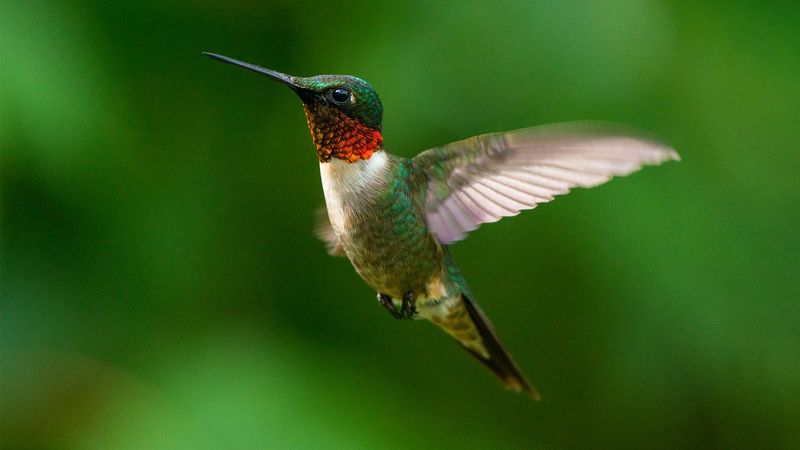
Tiny yet spectacular, the Ruby-throated Hummingbird dazzles with its shimmering colors. Males boast a brilliant ruby-red throat that seems to glow in the sunlight.
These agile fliers hover effortlessly, their wings a blur as they sip nectar from vibrant flowers. Their migratory journey is astounding, as they travel hundreds of miles to reach breeding grounds.
Providing a hummingbird feeder in your garden can invite these enchanting creatures to linger, offering a mesmerizing display of aerial acrobatics.
Common Grackle
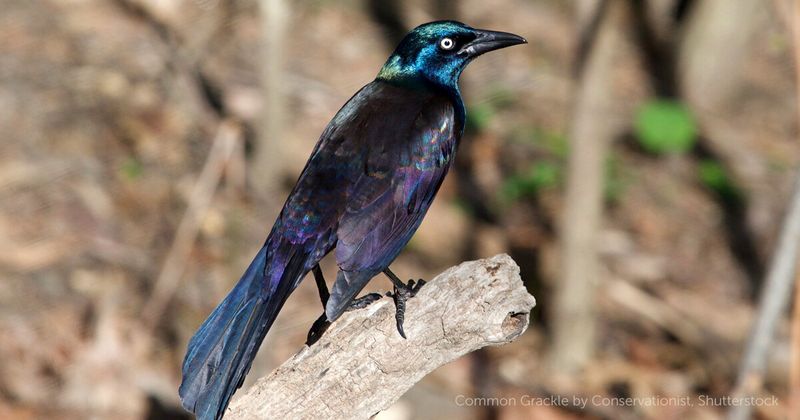
The Common Grackle, with its iridescent plumage, adds a touch of mystery to any scene. Their glossy feathers shimmer in the sunlight, revealing hues of blue, green, and purple.
These intelligent birds are social and often gather in large flocks. Known for their distinctive calls and curious behavior, they can be both intriguing and entertaining.
Grackles are adaptable and thrive in various environments, from wetlands to urban areas. Their diverse diet includes insects, seeds, and even small fish.
Belted Kingfisher
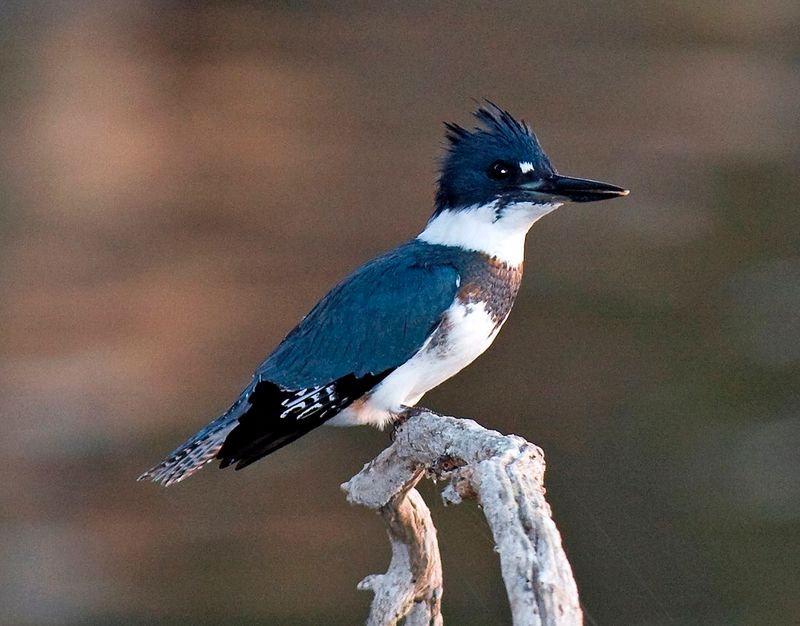
With a regal crest and striking plumage, the Belted Kingfisher is a sight to behold. These birds are skilled hunters, often seen near water bodies where they dive to catch fish.
Their distinctive rattling call announces their presence, echoing over ponds and rivers. Males and females are similar, though the female sports an additional rust-colored band.
They dig burrows in riverbanks for nesting, showcasing their resourcefulness. Watching a kingfisher in action is a thrilling experience for any bird enthusiast.
Mourning Dove

The Mourning Dove, with its soft cooing calls, brings a sense of calm and peace. These gentle birds are easily recognized by their slender bodies and muted plumage.
Commonly found in both rural and urban settings, they are often seen perched quietly, their presence a comforting addition to any garden.
Their swift and direct flight is a contrast to their tranquil demeanor. Mourning Doves are prolific breeders and play a vital role in the ecosystem as seed dispersers.
Great Egret

The Great Egret is an embodiment of elegance and poise. With its long, slender neck and pristine white feathers, it is a majestic presence in marshes and wetlands.
These birds are expert fishers, standing motionless before striking with lightning speed. Their flight is equally graceful, with long wings and trailing legs adding to their allure.
Great Egrets were once hunted for their plumes, but conservation efforts have helped their numbers recover. Witnessing their serene beauty is a memorable experience.
Pileated Woodpecker
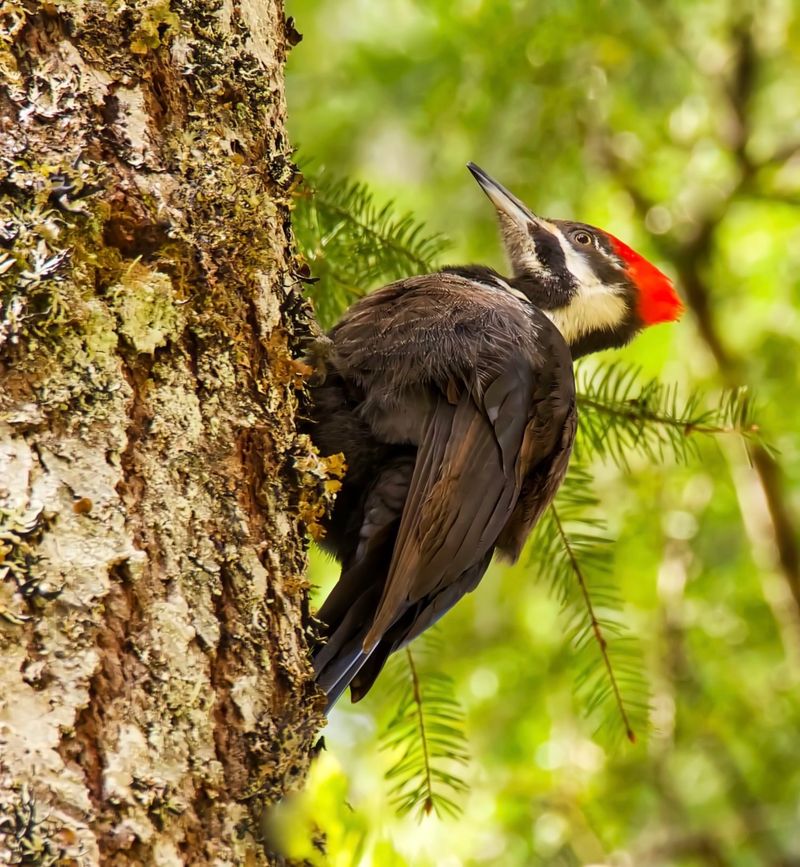
The Pileated Woodpecker, a striking figure in forests, captivates with its bold appearance. Its bright red crest and black and white markings make it unmistakable.
These woodpeckers are known for their loud drumming, a sound echoed through the woods as they search for insects. Their chiseling skills leave behind large rectangular holes in dead trees.
Pileated Woodpeckers play a crucial role in the ecosystem by creating habitats for other species. Spotting one can feel like discovering a treasure in the forest.
Blue Jay
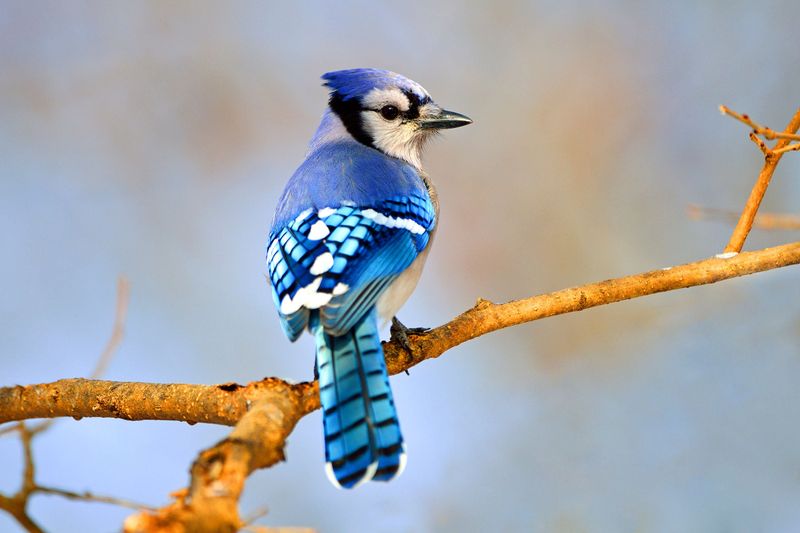
The Blue Jay, with its striking blue and white feathers, commands attention wherever it goes. These intelligent birds are known for their complex social behaviors and vocal mimicry.
Blue Jays are often seen in forests and backyards, their loud calls a hallmark of their presence. They are also skilled at caching food, storing nuts for future use.
Beyond their beauty, Blue Jays are protective and can be quite bold when defending their territory. Their presence adds vibrancy to any landscape.
Barn Swallow
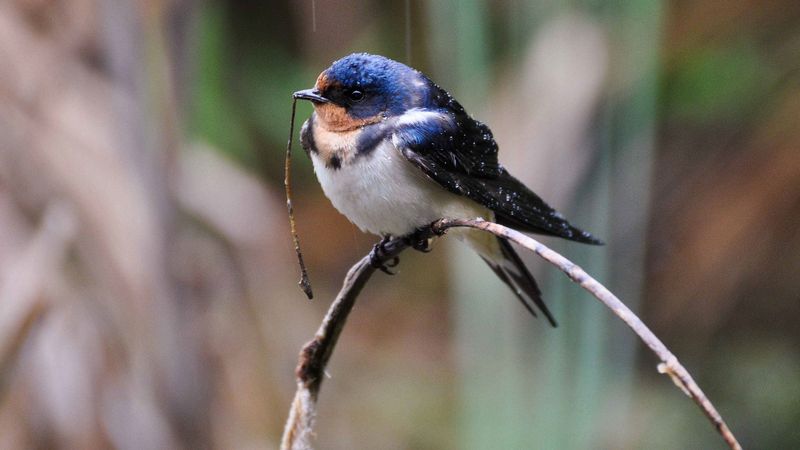
The Barn Swallow, a master of the skies, enchants with its aerial agility. Sleek and swift, these birds are a joy to watch as they catch insects on the wing.
Their distinctive long tail and glossy blue feathers make them easily recognizable. Barn Swallows often nest in barns and under bridges, crafting mud nests with precision.
Their cheerful twittering adds a lively soundtrack to open fields and farmlands. As migratory birds, they travel vast distances, marking the change of seasons with their arrival.
Brown Thrasher
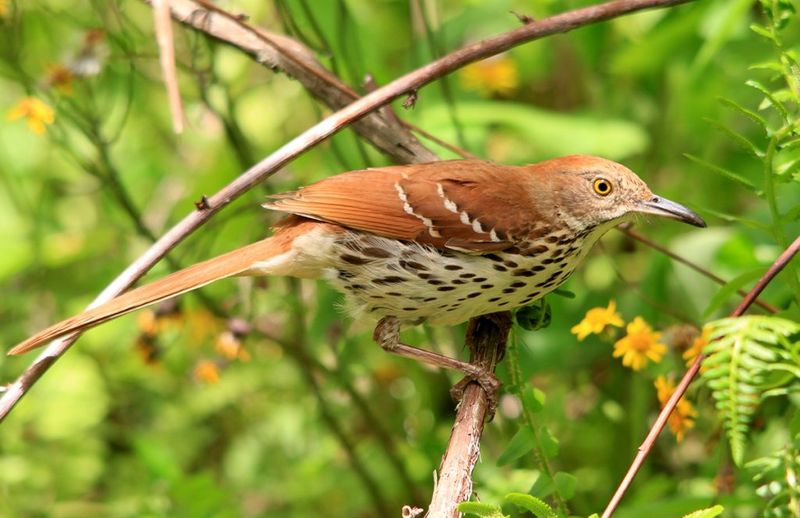
The Brown Thrasher, a master songster, fills the air with its melodious tunes. These birds are known for their extensive repertory of songs, often mimicking other species.
With striking rusty-brown plumage and a bold, speckled breast, they are a captivating sight. Brown Thrashers prefer dense thickets and are skilled foragers, using their long bills to sift through leaf litter.
Their curious nature and varied calls make them intriguing to observe. They are the state bird of Georgia, a testament to their significance in the region.
American Kestrel
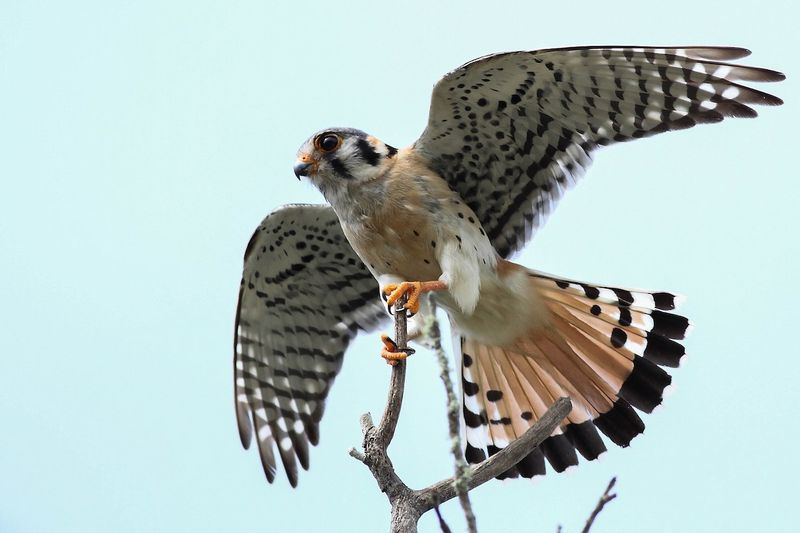
The American Kestrel, though small, is a formidable predator. Known as the “sparrow hawk,” it exhibits striking rust and slate-blue plumage.
These falcons are masters of the air, hunting insects and small prey with precision. Often seen perched in open fields, they scan for movement with sharp eyes.
Watching a kestrel hover is a remarkable sight, its wings beating rapidly as it holds steady in the wind. Despite their size, they exude a commanding presence.
Osprey

The Osprey, known as the “fish hawk,” is a master angler. With a unique ability to dive feet-first into water, it captures fish with incredible skill.
Ospreys are easily identified by their white underparts and dark eye stripe, soaring high with wings held in a distinct M-shape.
These birds are often seen near coastlines, rivers, and lakes. Their impressive fishing technique and striking appearance make them a favorite among bird watchers. Conservation efforts have supported their successful return to many areas.
Eastern Towhee
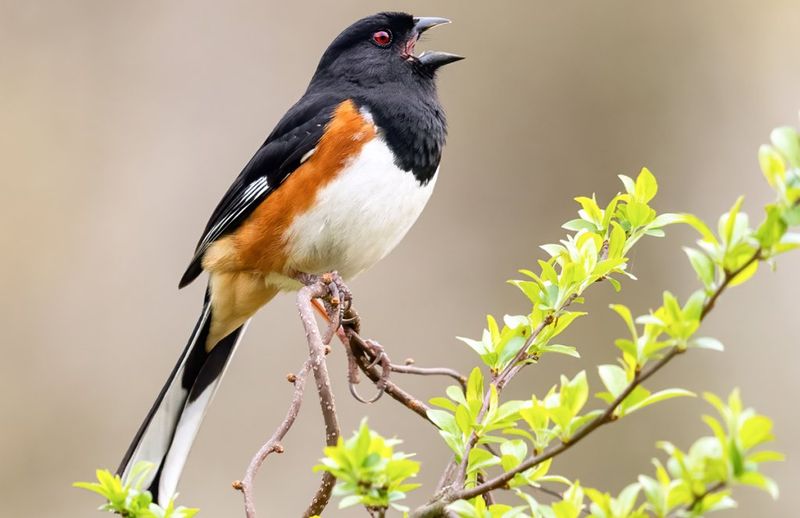
The Eastern Towhee, with its bold and contrasting colors, is a striking sight. Males display jet-black feathers with vibrant orange sides, creating a memorable visual.
These ground-foraging birds are often found scratching through leaf litter in search of food. Their distinctive “drink-your-tea” song is a familiar sound in wooded areas.
Eastern Towhees are known for their secretive nature, preferring dense undergrowth where they can remain unseen. Their presence enriches the forest with both sight and sound.
Yellow-billed Cuckoo
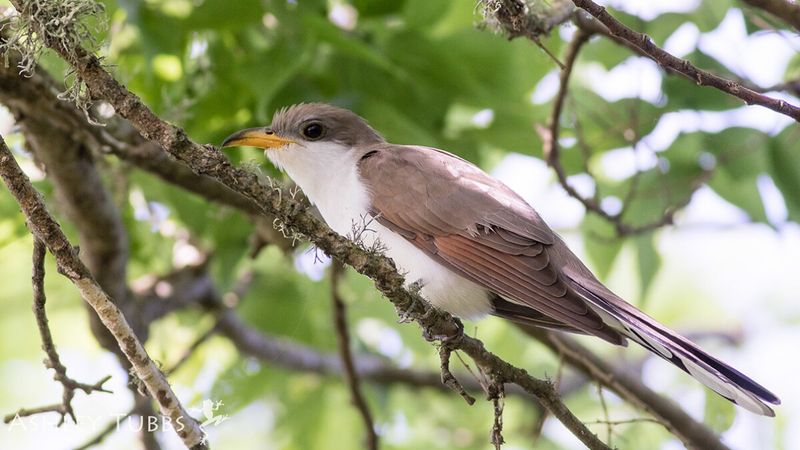
The Yellow-billed Cuckoo is a stealthy inhabitant of deciduous forests. Known as the “rain crow,” its call often heralds storms.
These elusive birds have long tails and sleek brown plumage, blending easily into their leafy surroundings. Their yellow bills add a splash of color, a unique feature among cuckoos.
Preferring to stay hidden, they feed on insects, especially caterpillars. Observing a Yellow-billed Cuckoo requires patience and a keen eye, but the reward is a glimpse of a truly unique bird.
Prothonotary Warbler
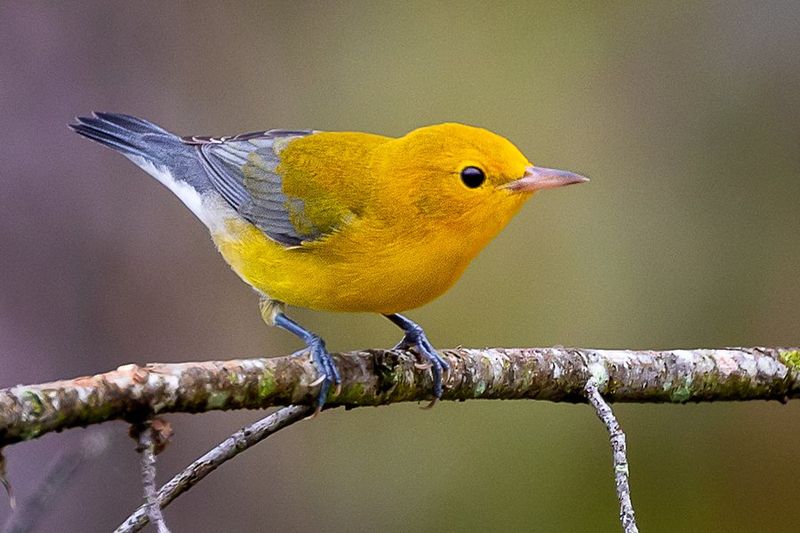
The Prothonotary Warbler is a burst of sunshine within swampy woodlands. With golden-yellow plumage, they are a vibrant presence in their preferred wetland habitats.
These warblers are cavity nesters, often using abandoned woodpecker holes near water. Their sweet, ringing song echoes through the forest, a delightful sound for any nature lover.
Prothonotary Warblers are named after the bright yellow robes of Catholic clerks, a fitting comparison to their striking appearance. Spotting one is a highlight for any birder.
Wood Duck
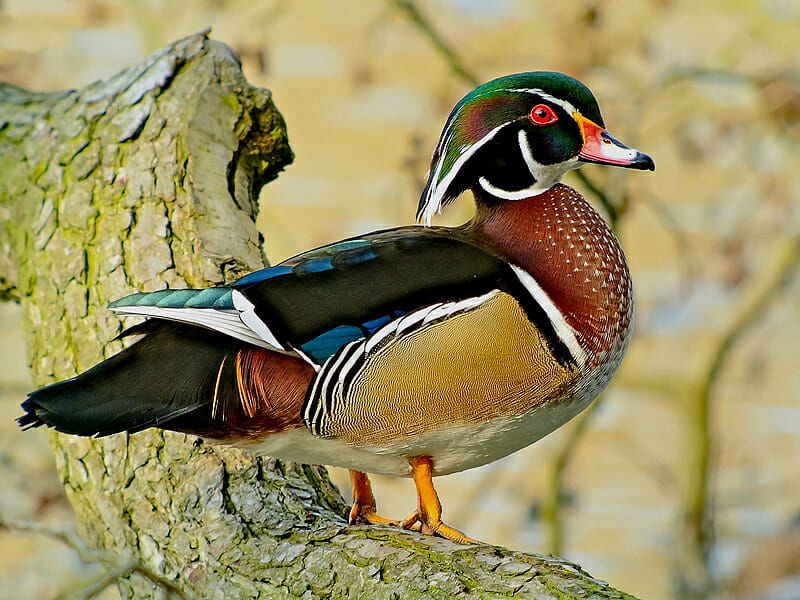
The Wood Duck, with its dazzling array of colors, is a sight to behold. Males are adorned with iridescent feathers and striking patterns, making them one of the most beautiful waterfowl.
These ducks prefer wooded swamps and ponds, where they can often be seen gliding gracefully across the water.
Their unique nesting behavior includes using tree cavities, a rare trait among ducks. Witnessing a Wood Duck’s vibrant beauty and elegant movements is truly a special experience.
Whip-poor-will
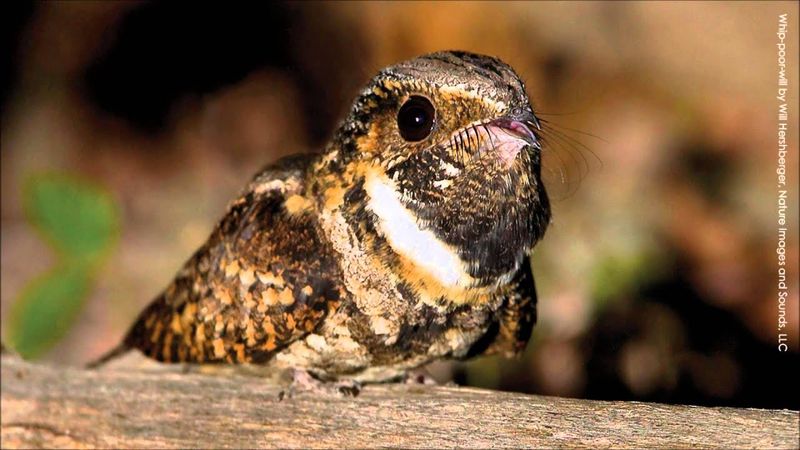
The Whip-poor-will, with its hauntingly beautiful song, adds a mystical quality to the night. These nocturnal birds are masters of camouflage, blending perfectly with forest floors.
Their repetitive call echoes through the woods at dusk, an eerie yet enchanting serenade. Whip-poor-wills are insectivores, catching prey mid-flight with their wide, gaping mouths.
Spotting one requires patience, as they remain still and cryptic. Their presence is often felt more than seen, a ghostly companion to moonlit nights.
Swallow-tailed Kite
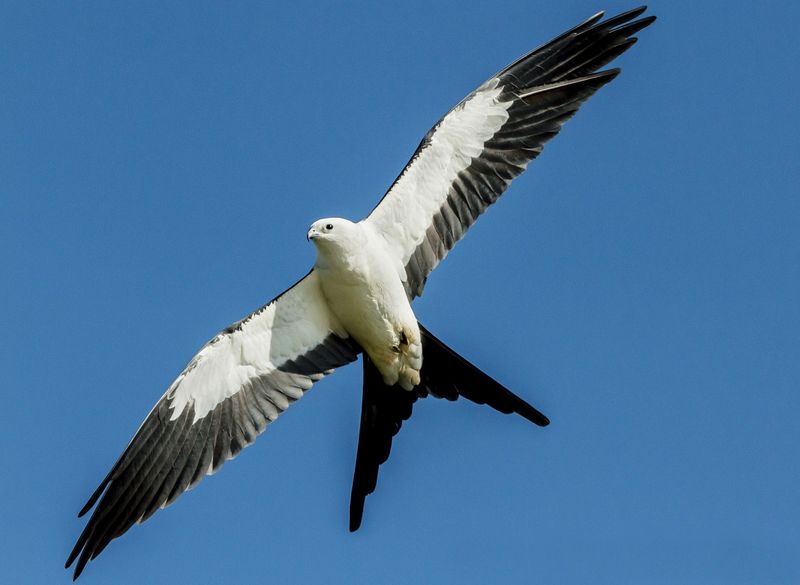
Graceful and striking, the Swallow-tailed Kite glides effortlessly across the Southern skies. Its distinct forked tail and contrasting black and white body make it a sight to behold. As it soars over the wetlands, its wings barely seem to move, a testament to its expert aerodynamics.
These birds are often seen in groups, performing aerial acrobatics as they hunt for insects and small vertebrates. Their presence is a sure sign of healthy ecosystems. Whether you’re a seasoned birder or a casual observer, spotting a Swallow-tailed Kite is always a thrilling experience.
Did you know? These kites migrate from South America to breed in the Southeastern U.S., making them a seasonal spectacle for bird enthusiasts.

